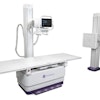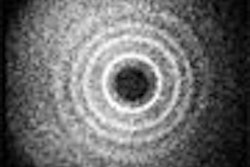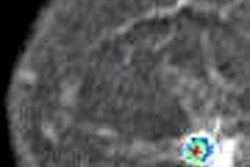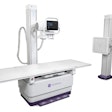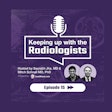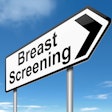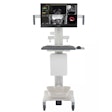The Architecture of Medical Imaging: Designing Healthcare Facilities for Advanced Radiological Diagnostic and Therapeutic Techniques by Bill Rostenberg
John Wiley & Sons, Hoboken, NJ, 2006, $110
Writing a book on the design principles for radiology facilities is tantamount to trying to draw detailed pictures of snowflakes as they land in puddles. First, the snowflake dissolves so quickly that you have only a moment to capture it. Second, in the event that you do capture one, you’ve already missed the introduction of "Snowflake 2.0," which has come to replace its predecessor. This is the dynamic world in which The Architecture of Medical Imaging was written.
The book by Rostenberg, with contribution from Dr. Steven Horii, takes on the impossible task of identifying current and future radiology design trends for every imaging and therapeutic modality in popular use.
Radiology departments are too often the product of cut-and-paste design by designers and equipment planners whose only point of reference is the equipment vendor's prototypical template. Rostenberg drills through these canned design solutions, summarizing the most common clinical applications and facility design demands of individual modalities. This include considerations as diverse as wayfinding, minimizing patient anxiety, air conditioning and shielding requirements.
And while he provides the requisite caveats pointing to the need to assess a facility’s revenue, siting requirements and patient needs, he also provides generalized guidance throughout the book on physical space requirements, annual throughput capacities, and adjacency considerations for each modality.
The book also looks to the near future and changes in imaging technology and use, noting the factors which are bringing imaging services and interpretation to new areas, including outpatient facilities, trauma units, and interventional and surgical applications of modalities which, just a few years ago, were confined to the radiology department.
For those who might be looking for a cookbook on designing a new radiology facility, this is not your book. But it is probably far more valuable than anything so prescriptive. This book will help facilities weigh their clinical and operational options (CR vs. DR, consolidated vs. decentralized) and understand the design implications of their choices. Armed with this information, facilities planning for a single piece of new equipment, or an entire new department, will be better able to direct the outcome of design and construction efforts.
If you're thinking of significant radiology construction (whether new or renovation), departmental expansion, or even the introduction of new modalities to your facility, this book is an excellent primer both for the design and construction process and for the basic technical and operational information which should inform your project planning and execution. It should be on the bookshelf of radiology managers, facility planners and engineers, as well as every medical equipment planner and healthcare architect.
By Tobias GilkAuntMinnie.com contributing writer
July 3, 2006
Tobias Gilk is an associate with Jünk Architects of Kansas City, MO. He is the co-author of the MRI-Planning Web site and the MRI Newsletter. Gilk is also a member of the American College of Radiology's MR safety committee.
The opinions expressed in this review are those of the author, and do not necessarily reflect the views of AuntMinnie.com.
Related Reading
The Architecture of Imaging, January 31, 2002
Copyright © 2006 AuntMinnie.com
